This weapon, ________, spread along the Silk Road by the Pax Mongolica was the most important instrument for the expansion of land-based empires 1450-1750.
This weapon, gunpowder, spread along the Silk Road by the Pax Mongolica was the most important instrument for the expansion of land-based empires 1450-1750.
In the ______ empire, Zamindars were granted land and rank based on loyalty; they also collected taxes for the emperor.
In the Mughal empire, Zamindars were granted land and rank based on loyalty; they also collected taxes for the emperor.
Most illustrious sultan of the Mughal Empire in India (r. 1556-1605). He expanded the empire and pursued a policy of conciliation with Hindus.
Akbar the Great!
Abbas I was the ________ of the _________ empire located in Persia, who strengthened the military and promoted Middle Eastern trade networks.
Abbas I was the shah of the Safavid empire located in Persia, who strengthened the military and promoted Middle Eastern trade networks.
This religion founded in S. Asia mostly in the Mughal empire; blended Hinduism & Islam, emphasizing devotion to one God and social equality.
Sikhism
This religion founded in S. Asia mostly in the Mughal empire; blended Hinduism & Islam, emphasizing devotion to one God and social equality.
A dynasty of shoguns that ruled a unified Japan from 1603 to 1867.
Tokugawa Shogunate.
The Chinese ______ dynasty ruled from 1368 to 1644; notable for Zheng He, who was ___(religion)____ sailing the Indian Ocean in treasure ships.
The Chinese Ming dynasty ruled from 1368 to 1644; notable for Zheng He, who was Muslim sailing the Indian Ocean in treasure ships. (Why he was able to trade with Islamic Swahili city-states and Calicut.)
This structure named __________ in the _________ empire blended Indian and Islamic styles to honor the emperor’s wife and display imperial grandeur.
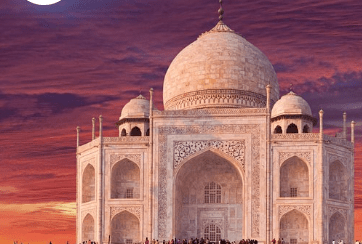
This structure named the Taj Mahal in the Mughal empire blended Indian and Islamic styles to honor the emperor’s wife and display imperial grandeur.
This hairstyle called ________, was worn by Qing officials, who were ethnically ________. They also forced the majority ______ population to wear their hair in this style in order to show obedience.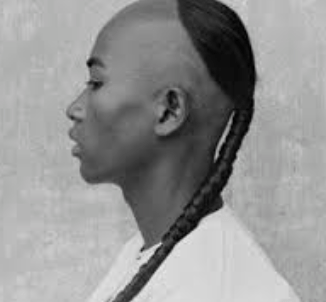
This hairstyle called queues, was worn by Qing officials, who were ethnically Manchus. They also forced the majority Han population to wear their hair in this style in order to show obedience.
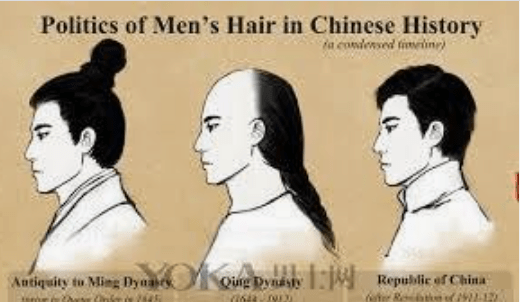
I am a Mughal ruler promoted religious tolerance and created a syncretic faith called the “Divine Faith.” Who am I?
Akbar the Great. 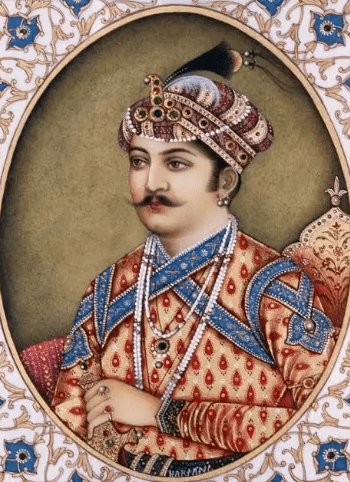
The _____-_______ conflict showed how gunpowder reshaped power dynamics, collapsing Africa’s largest empire.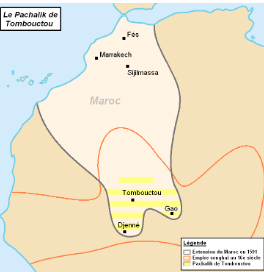
The Songhai–Morocco conflict showed how gunpowder reshaped power dynamics, collapsing Africa’s largest empire.
The _______ empire, which was known for Shi'ite Islam, had border conflicts with its neighboring Ottomans and Mughals.
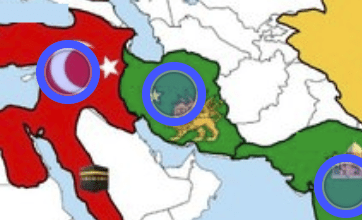
The Safavid empire, which was known for Shi'ite Islam, had border conflicts with its neighboring Ottomans and Mughals.
France!
a) Name the grand palace that King Louis XIV constructed.
b) Explain how he used this palace in order to consolidate/legitimize power.
a) Louis XIV built Versailles.
b) He forced nobles to leave Paris on order to attend to him and compete for his attention at Versailles, allowing him to rule for 50+ years because of lack of rebellions.
The military elite of Persians from the ______ empire were called _________, meaning Red Turbans.
The military elite of the Safavid Persians were called Qezilbash, meaning Red Turbans.
The “Red Turbans” descended from the first Turkish invaders; they balanced their political power with strategic marriages.
Protestant Reformation!
a) Name who started it + country of origin.
b) Name at least one thing that he protested.
c) Name one technology he used in order to get it spread.
Protestant Reformation:
a) Martin Luther (German), famous for 95 theses.
b) Protesting corruption in the Catholic Church (indulgences [paying the church to forgive sins] & simony [buying a position in the church])
c) Spread because of Gutenberg's Printing Press
a) What empire was it used in?
b) What was its purpose?
Which empire is which on the map? 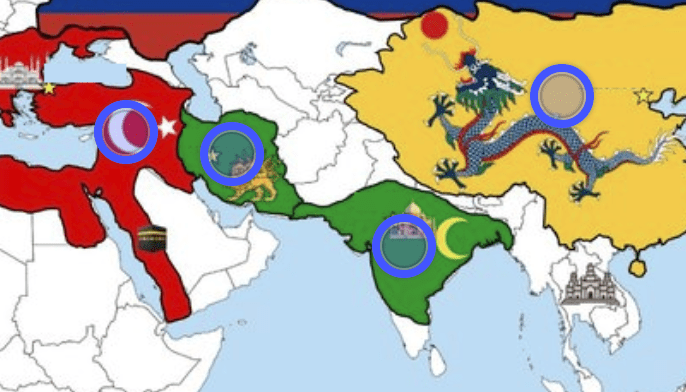
 From left to right: Ottomans, Safavids, Mughals, Qing China
From left to right: Ottomans, Safavids, Mughals, Qing China
Which Chinese dynasty and ethnic groups created these imperial portraits? Why did they do this?
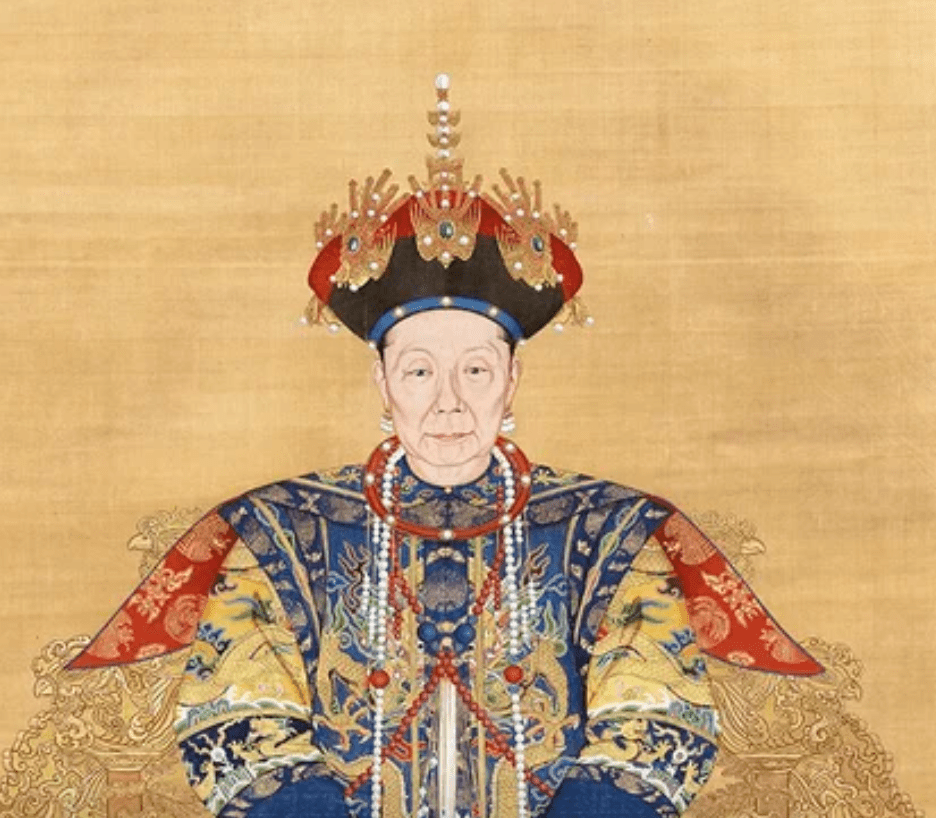
The Qing dynasty Manchus created these series of imperial portraits in order to emphasize Manchu authority, and seem like the Ming, since they weren't Han Chinese.

Describe religion in the Mughal Empire: what religion(s) did the rulers and the majority of people follow?
Mughals:
90% Hindu majority
10% of Leaders = Sunni Muslim
Explain the differences and similarities between Sunni and Shi'a Islam. Name at least 1 empire that followed each religion.
Sunni Islam: Ottomans, Mughals
Shi'a Islam: Safavids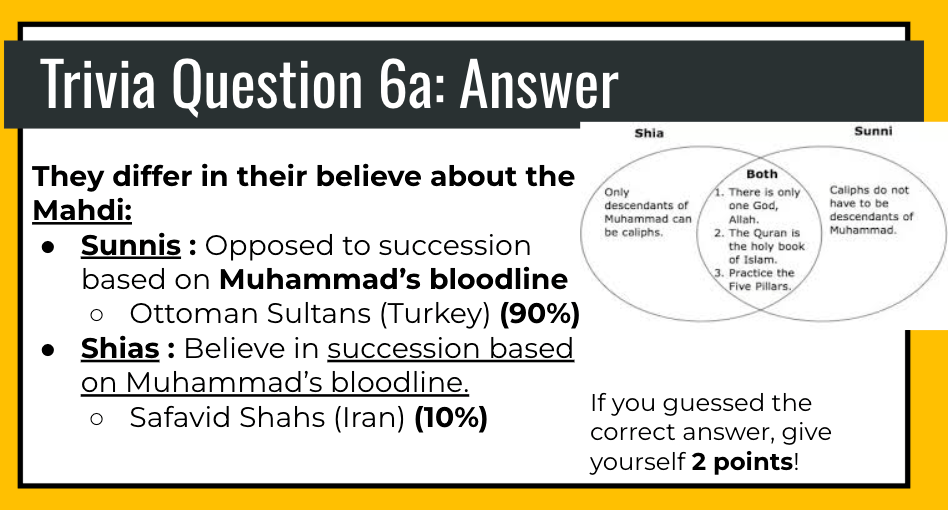
In chronological order, name the 4 Chinese dynasties that we've studied. Then name which ethnic group ruled each dynasty.
1. Song (Han)
2. Yuan (Mongols)
3. Ming (Han)
4. Qing (Manchus)
Explain how taxes were collected in at least 2 different empires.
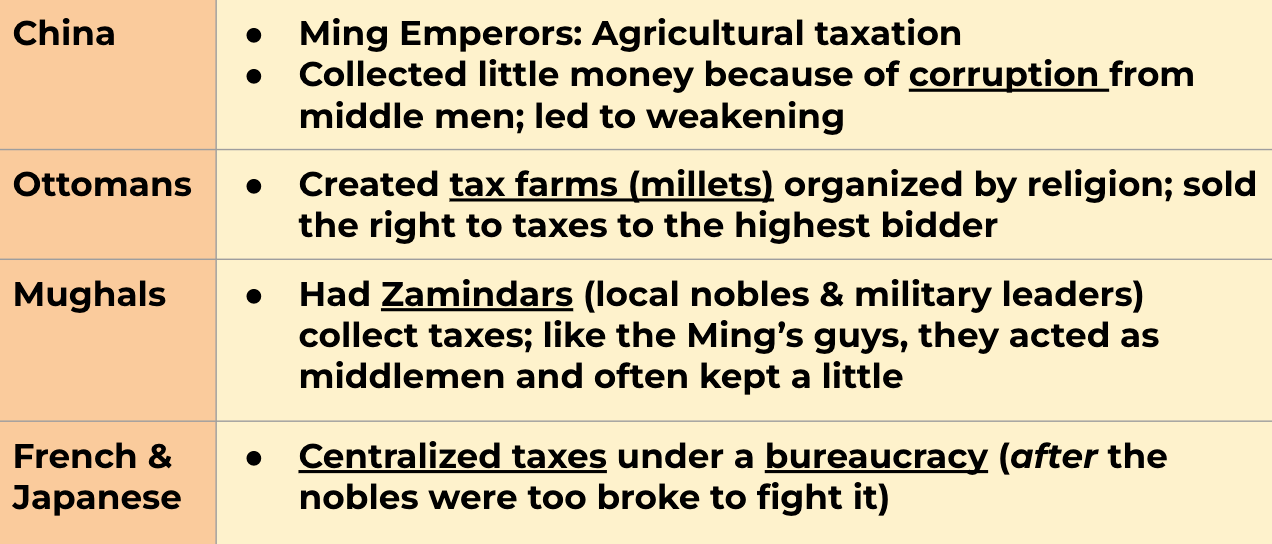
What is the difference between a state consolidating and legitimizing power? Give an example of each.
Power consolidation: taking power away from others to take control
Example: Construction of the palace of Versailles forcing French nobles to live near the king; creation of the devshirme system of Christian janissary troops
Power legitimization: making your power seem legitimate or justified based on religion, art, architecture, etc.
Example: Qing Empire portraits, monumental architecture like Mughal Taj Mahal, Ottoman grand mosques.
What is a bureaucracy? Give two examples of an empire that has one.
Bureaucracy: people who work for the government!
Ming/Qing Chinese chose bureaucrats through civil service exams
Mughal Zamindars
Ottoman Janissary Corps
Japanese samurai & tax-collectors
Give at least two examples at least 2 religious tolerant empires from this unit.
Ottomans (majority Sunni Muslims with self-governing religious millets with Christians and Jews)
Mughals (who were majority Hindus, but ruled by Sunni Muslims)